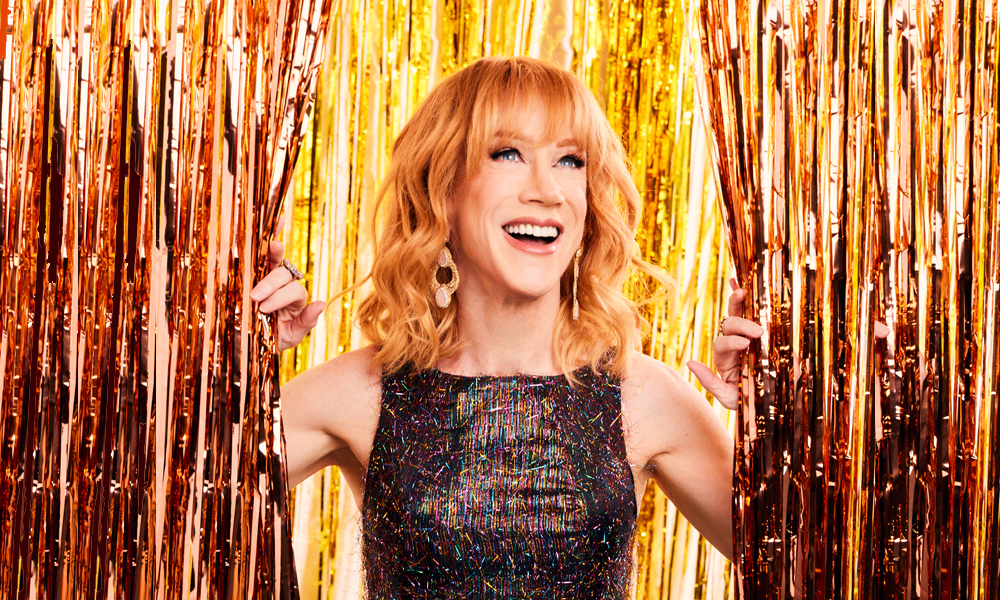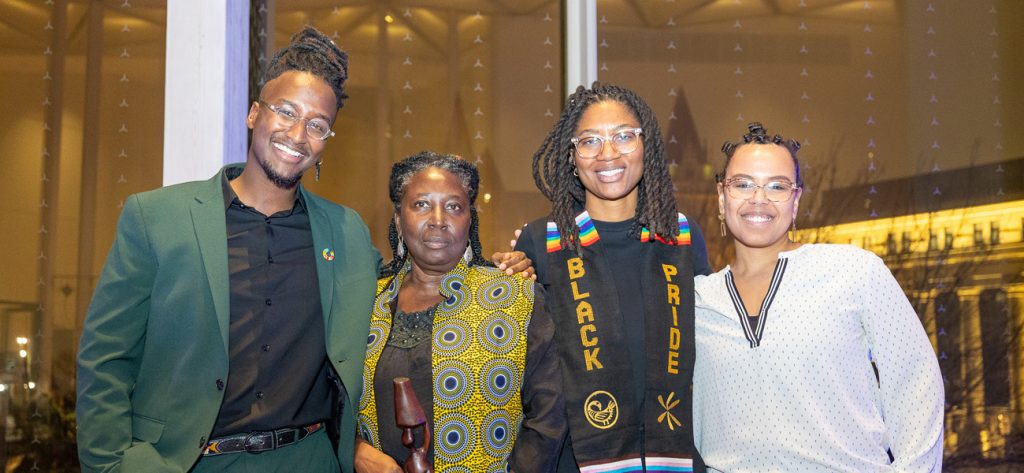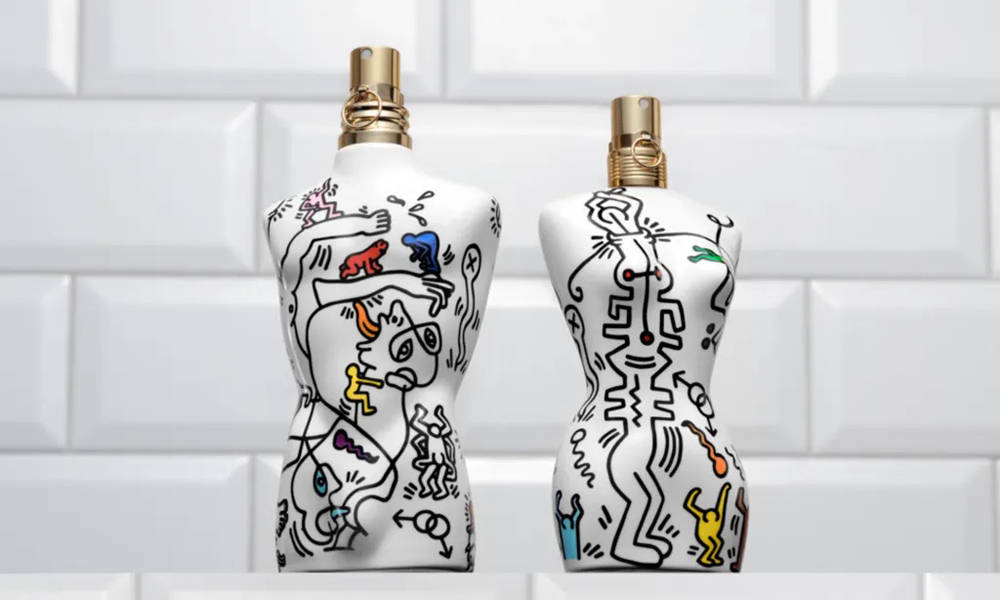Some professionals don’t understand us well enough to do a good job taking care of us…
By Paul Gallant
I’ll start with a confession: I got a sexual transmitted infection. The reason for my symptoms was mysterious, both to me and, frustratingly, to the healthcare practitioners I called upon. So I went undiagnosed for months despite several doctors’ appointments, including with one specialist who told me: “Not every problem has a specific cause. Sometimes these things just go away.” Which might be true, I suppose. Unless it’s a specific well-known infection that will never go away, and which will eventually cause a body serious lasting damage, unless it’s treated with a shot and pills.
This frustrating and painful runaround happened in the downtown of a city full of supposedly well-trained doctors and technicians (I even had an ultrasound), operating within spitting distance of the gay Village. It wasn’t like none of them had ever had a sexually active gay patient before. It’s scary to imagine what an LGBTQ person in a smaller, more judgmental, less gay-friendly place might experience with a doctor who is not familiar with gay health issues.
“The nuance of the impact of sexuality and gender on one’s health is often lost. It means that decisions are not made in the best interest of our community; they’re made in the interest of the majority,” says Jody Jollimore, executive director of the Community-Based Research Centre (CBRC). Founded in 1999, the Vancouver not-for-profit promotes the health of gay, bi, trans, two-spirit and queer men through research and intervention development.
The problem starts with a dearth of data – studies and statistics – about the health and lives of LGBTQ people. Just as traditional medical research has overlooked how women and people of colour might face different health issues, and require different medical approaches, than the “standard” white male patient, health researchers have only recently started acknowledging the different experiences of LGBTQ people. Devan Nambiar, program manager at Rainbow Health Ontario, offered by Toronto’s Sherbourne Health Clinic, told me that much of the good data looking specifically at LGBTQ health dates back a mere decade.
One of the first serious triggers for investigating queer health as being different from straight health was a particularly devastating one: how HIV/AIDS disproportionately affects gay and bisexual men. The issue was ignored by established healthcare institutions when the AIDS crisis hit, so gay men took on much of this early work themselves. The San Francisco AIDS Foundation and New York’s Gay Men’s Health Crisis were founded in 1982, the AIDS Committee of Toronto and AIDS Vancouver in 1983. The American organizations, particularly, could be combative and accusatory in their approach, criticizing the government, health organizations and pharmaceutical companies for their role in an unparalleled public health crisis among a minority group that was generally misunderstood and sometimes despised.
Over time, the demand for treatment and research into HIV/AIDS grew more formalized, more co-operative. And the focus of many queer health advocates expanded to sexual health more broadly. Not just because STIs and other sexual health issues can play a role in HIV transmission, but also because it’s clear that discomfort with talking about sex, especially in formal-feeling settings like a doctor’s office, leads to poor care.
“Is it because of stigma, shame and homophobia attached to certain sexual practices?” asks Jessy Dame, two-spirit program manager at CBRC and a sexual-health certified registered nurse. “If all healthcare professionals had access to sexual health education, awareness of the many forms of sex, of queer communities, then they could build better relationships with patients to address their sexual health.”
Mainstream medicine can still have a hard time getting its head around gay sex. For example, traditional urine tests will catch chlamydia and gonorrhea in men who are having penis-in-vagina sex, but they will not catch infections passed through anal or oral sex. Those require swab tests, which doctors often neglect to give. “If we are not screening properly, we are not catching infections, and if we’re not catching infections, we’re not treating them,” says Jollimore. “That’s a real concrete example of how certain care is needed for certain populations.”
Over the past decade or two, the thinking around LGBTQ health has expanded well beyond sexual health, which traditionally targeted gay men, to multiple concerns affecting a diverse LGBTQ community. Studies have captured how addiction, tobacco use, depression and suicide disproportionately affect us. Nambiar, for example, is currently working on rainbow-coloured projects about the health of seniors, about eating disorders and about the care trans people receive after transition surgery. Just like gay men in the early days of HIV/AIDS, trans people in need of hormones and surgery, for example, can find themselves battling a healthcare system that doesn’t understand them well enough to do a good job taking care of them.
Who becomes a doctor and how doctors are trained are key factors in improving care. Jollimore says that medical students at the University of British Columbia, for example, get just a four-hour course on sexuality and gender. Rainbow Health Ontario has been producing training programs for healthcare professionals for more than a decade now, and last summer launched an online training course. In its first six months, the course attracted more than 3,600 users. The three-and-a-half hours of modules cover topics ranging from how to make an organization LGBT2SQ friendly to trans-positive counselling. The approach tends to focus more on attitudes than on specific medical recommendations, more “might the posters of straight couples in your waiting room make queer people feel unwanted?” than “here are some things to look out for regarding testosterone injections.” But attitude matters. Rephrasing questions like “Single or married?” to “Do you have sex with women, men or both?” can open the channels of communication necessary to provide the right care.
It wasn’t so long ago that LGBTQ people were made to feel like they were on their own when it came to getting through life in one healthy piece. We’ve still got a way to go before we feel like we’re getting the attention that straight people take for granted.
—
PAUL GALLANT is a Toronto-based writer and editor who writes about travel, innovation, city building, social issues (particularly LGBT issues) and business for a variety of national and international publications. He’s done time as lead editor at the loop magazine in Vancouver as well as Xtra and fab in Toronto.







POST A COMMENT